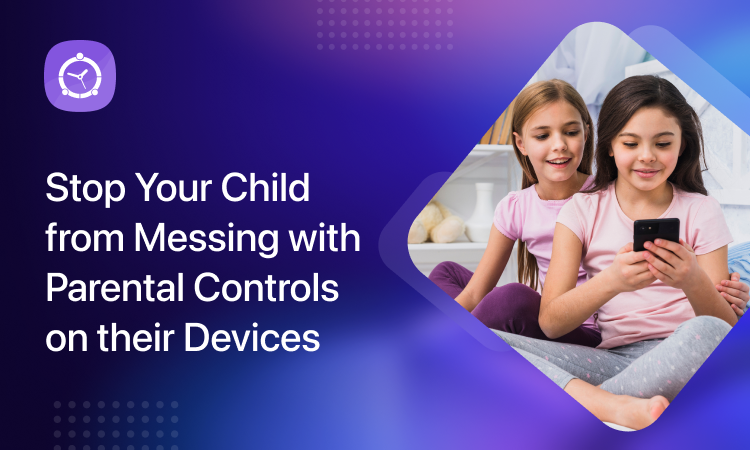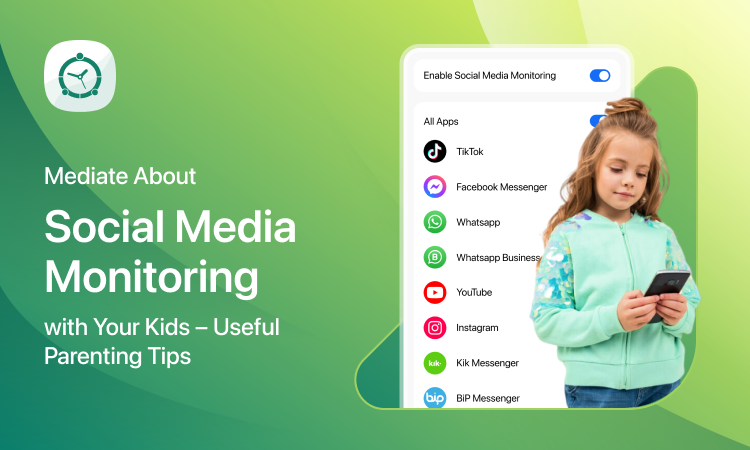
The World Health Organization (WHO) has declared coronavirus as an international public health crisis. Given the repercussion in the media, it is essential to talk to children about the coronavirus, since it can generate a feeling of fear by not understanding it and letting their imagination fly into panic situations.
Knowing how to explain the coronavirus epidemic to children adequately is essential for parents as children and adolescents need to know how to act to take hygienic preventive measures and avoid, as far as possible, contagion.
Parents and teachers alike must take the children’s fear seriously and adequately answer questions about the coronavirus. Our mission is to check what children know and don’t know about this disease and to correct the erroneous or misinterpreted information. Adequate and adapted information is necessary to reduce fear and anxiety.
What do we tell children about the coronavirus?
The explanations to give to children about the coronavirus should take into account their age since the older they are, the more details can be included.
The coronavirus owes its name to the appearance it presents, since it is very similar to a crown or halo, and causes respiratory infections. Symptoms are mild and cold-like (few runny nose, cough, high fever, fatigue, sore throat and headache, chills and malaise, and shortness of breath).
Coronavirus is a type of virus present in both humans and animals. Coronaviruses are transmitted in a limited way between humans, but to date, the origin of these viruses is unknown. In any case, certain animals, such as bats, are known to act as reservoirs.
What is the origin of the coronavirus?
The virus was discovered in China, specifically in the Wuhan region, in December 2019. It appears to be an animal virus, which has been transmitted to man. In China, many people are infected, and steps are being taken to prevent it from spreading further.
What symptoms does the coronavirus produce?
In general, the main symptoms of coronavirus infections are runny nose, cough, fatigue, sore throat and headache, fever, chills, and general malaise and shortness of breath. The clinical spectrum of this type of infection varies from the absence of symptoms to mild or acute respiratory symptoms. Pneumonia is common, and gastrointestinal symptoms, especially diarrhea, may also occur.
As with the influenza virus, the most severe symptoms (and the highest mortality) are registered both in older people and in those individuals with immunosuppression or with chronic diseases such as diabetes, some types of cancer, or chronic lung disease. In extreme cases, it can cause respiratory failure.
Is there a cure for coronavirus?
Like most viruses, it can survive in an organism from 7 to 14 days, so in two weeks, the disease usually subsides. However, the goal now is to find a vaccine so that the healthy population can create antibodies against the coronavirus. Numerous healthcare professionals are working to understand the virus better, find a vaccine, and use the right medications to treat the disease.
What can we do to avoid contagion?
Like other viruses that cause pneumonia, when they are transmitted in humans, the infection usually occurs through the respiratory route, through the respiratory droplets that people produce when they cough, sneeze, or speak.
As with all infections, it is important to wash your hands well with soap and water. The coronavirus is spread by air, by sneezing, or coughing. Therefore, it is very important not to be near infected people, if you suffer from the disease, cough or sneeze always in a handkerchief or placing your elbow over your nose and mouth, and avoid putting your hands to your face, towards the nose, eyes or mouth if you have not washed them before.
Why is there so much talk about the coronavirus?
This virus has spread rapidly throughout the world and there are many people who have it. Among the most recommendable general advice to speak with the child population, one main objective stands out, which should be to reduce their feeling of anxiety and fear. The important thing is to show them that they can express themselves and trust their doubts in us.
Children need to know and understand what is happening, we cannot isolate them from news or information, so as adults, we must stick to the facts and what is certainly known.
In the case of not having all the answers, nothing happens, we can comment and try to find them, if possible. When transmitting any information, it is important to use vocabulary adapted to the child’s age and knowledge.
Why is the coronavirus now called COVID-19?
The WHO has decided to change its name, deleting the word virus, so as not to generate a social alarm.
Along these lines, pediatricians want to transmit a calm message to parents. “What we are seeing is that the children have mild symptoms. We cannot say that they are not going to be infected or that there are no infected children, we are already seeing it and surely there will be more. But until now there is no mortality and the cases that they are detected are very, very mild. They are catarrhs. In that sense, they can be calm.” The data indicate that, in Europe, there is an average of six minors infected for every 1,000 cases. Just 0.6% of the total. “They are mild catarrhal pictures, and generally, things do not go beyond that,” pediatricians insist.







